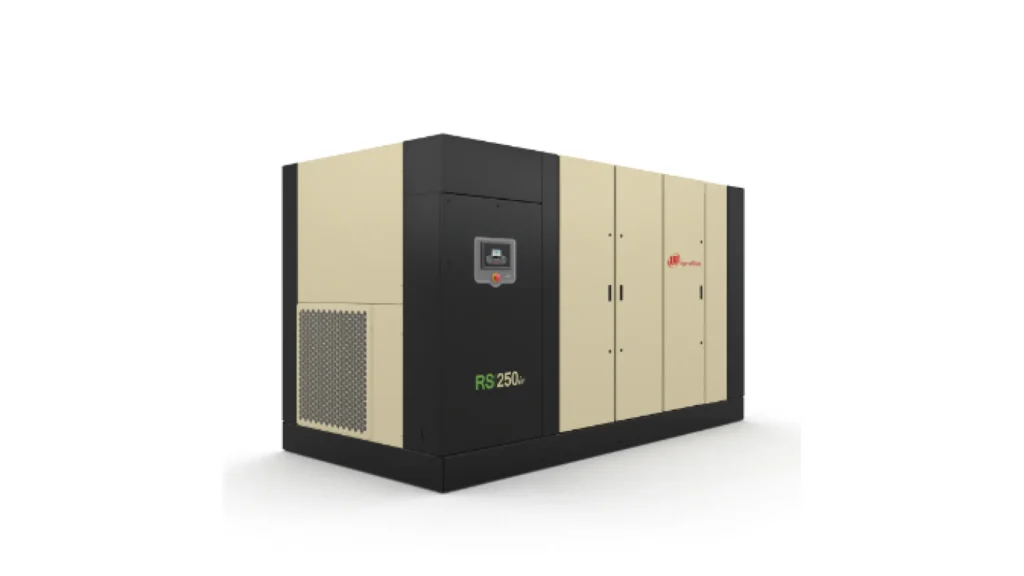In general, the oil content in the compressed air of an oil-injected screw air compressor should not exceed 3 ppm (3 mg/m³). When it surpasses this limit, it is commonly referred to as high oil consumption, also known as “oil carryover” or “oil blow-by.” Based on years of field experience, high oil consumption can be diagnosed through the following five methods:
I. Five Field Inspection Methods to Identify High Oil Consumption
- Drain Sample Analysis
For compressors with auto-drain systems (e.g., Atlas Copco, Ingersoll Rand, Sullair, Fusheng, UNIGY), collect water samples and let them settle. If an oil film or droplets float on the surface, the oil consumption may be high. - Air Receiver Drain Check
Compare the current condensate discharge with normal conditions. If significant oil traces or pure oil is found, it indicates high oil consumption. - Oil Residue in Piping Inspection
After shutdown and pressure relief, inspect the piping between the minimum pressure valve and the air cooler. Excessive oil residue suggests high oil carryover. - White Paper Test
Blow separated compressed air onto clean white paper. Visible oil stains or mist indicate elevated oil content. - Oil Level Monitoring
Observe the oil level under stable operating conditions. A noticeable drop without external leakage suggests internal oil carryover.
II. Common Misjudgments to Avoid
- Milky white condensate is not an indicator of oil but air dissolved in water.
- Temporary high return oil flow during initial operation of a new separator is normal.
- A hot return line does not necessarily mean proper return function.
- Minor oil traces in filters or piping are acceptable and not proof of excessive oil loss.
- Avoid low-pressure operation, especially with low-pressure machines, as it increases oil consumption.
III. Top Five Root Causes of High Oil Consumption
- Poor Primary Oil Separation
Design flaws in the oil separator tank (e.g., improper size, inlet angle, damaged baffle plates) can cause excessive oil mist, overwhelming the separator element. - Faulty Oil Return System
Blocked return check valve, misaligned return pipe, or damaged piping prevent timely oil return, resulting in oil carryover. - Overfilled or Low-Quality Lubricants
Excess oil or substandard oil leads to inefficient separation and increased consumption. - Low-Frequency Operation in Variable Speed Drives
Low-frequency running reduces separation efficiency, causing more oil carryover. - Adverse Operating Conditions
Frequent start-stops or significant pressure reductions increase oil consumption risk.
Recommendation and Conclusion
When diagnosing high oil consumption, combine field inspection, operational analysis, and professional maintenance. Prompt intervention helps avoid efficiency losses and prolongs compressor life.


